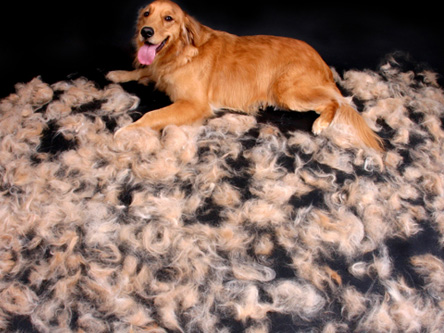Dog owners are often perplexed when they are enjoying the outdoors with their furry friends and the animal begins to snack on grass. Several theories exist as to why some dogs try to eat grass, but a general consensus hasn’t been found. It’s been suggested that dogs eat grass for a variety of reasons, including the fact that they are biologically hard-wired to eat as much as possible when food is available in order to compensate for future lean times.
No matter what the reasons, it’s been found that grass is the most commonly eaten plant by dogs, but that could be that it’s the one that they have the most access to. Following are some of the speculated reasons why our canine companions sometimes eat grass:
Intestinal Distress
Dogs may sometimes eat grass in an attempt to relieve stomach discomfort or pain. Although this is often attributed as the main cause of dogs eating grass, experts contend that it’s actually very rare.
Boredom
It’s also speculated that some dogs chew on grass out of boredom. This is especially true of dogs that are left out in the yard the majority of the time.
They Like It
Some dogs may simply enjoy the taste of fresh green grass. Experts believe that they may be trying to compensate for a lack of dietary fiber, and some pet owner have noticed that adding fiber cuts down on this behavior.
Although chewing on and eating grass is generally looked on as harmless by veterinarians and other animal experts, be careful not to let your dog chew on turf that has recently been treated with chemicals.






















